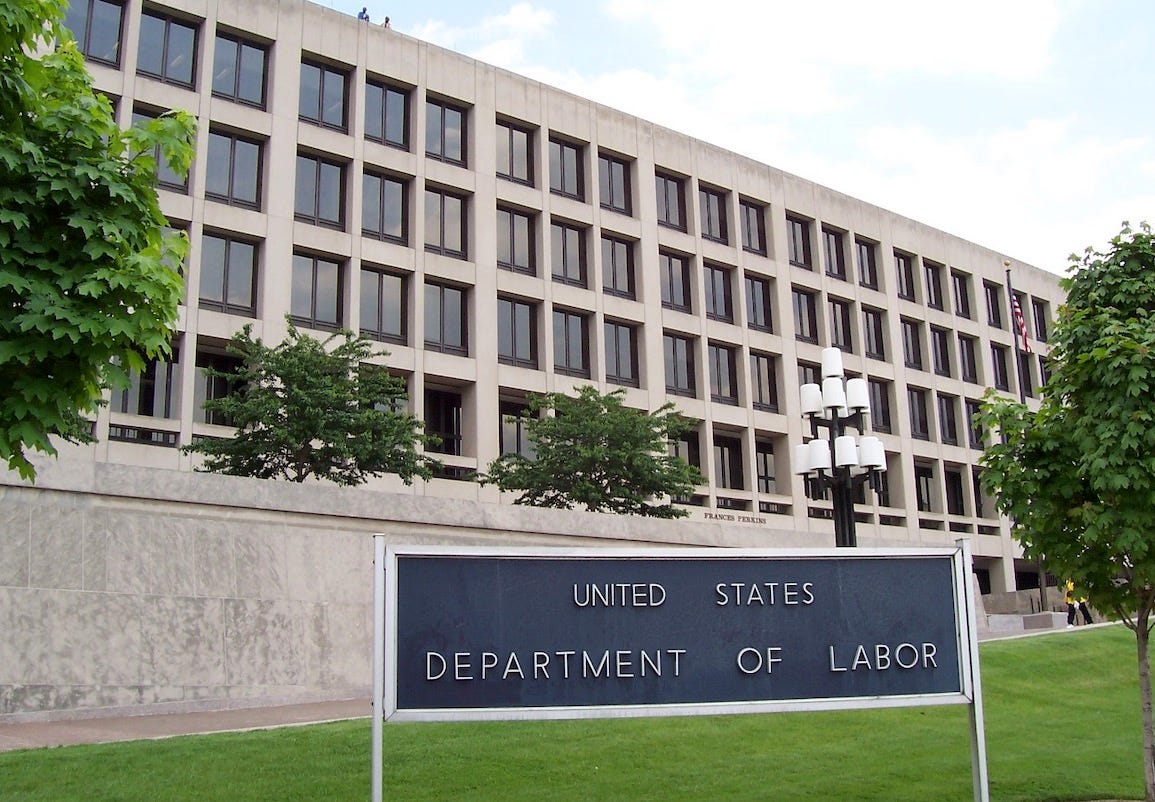Labor Dept. misses the point with new ESG rule
Regulators, like investors, need a better education on how ESG should be used and how it can benefit

By Anthony B. Davidow
(About the author: Tony Davidow is president and founder of T. Davidow Consulting, an independent advisory firm focused on the challenges facing the financial services industry. His focus is on helping advisers and investors incorporate complex strategies in their portfolios.)
WILTON, CONN. (Callaway Climate Insights) — In a stunning announcement, the U.S. Department of Labor has proposed a new rule limiting the use of ESG funds in retirement accounts. The DOL states the reason for this move is to protect retirees:
“Private employer-sponsored retirement plans are not vehicles for furthering social goals or policy objectives that are not in the financial interest of the plan,” said Secretary of Labor Eugene Scalia. “Rather, ERISA plans should be managed with unwavering focus on a single, very important social goal: providing for the retirement security of American workers.”
While the DOL does not preclude the use of ESG funds in retirement plans, they miss the point about how these funds work, and what the historical data have shown us. The DOL naively assumes that retirees will sacrifice performance by trying to further social goals.
The DOL proposed rule would allow ESG funds in pension plans and 401(K) plans if they meet certain criteria. The criteria follows basic fiduciary standards such as considering “risk-return criteria, benchmark performance, expense ratios, fund size, long-term investment returns, volatility, investment management tenure, etc.” They explicitly note that you can’t sacrifice performance for social good.
It is important to note that the DOL also introduced a fiduciary rule that was later overturned by the courts, and I suspect that industry groups will attempt to educate the DOL about the value of ESG investing.
ESG Investing
ESG investing has become popular because it allows investors to align their values and portfolios, and because the ESG screening helps in identifying strong companies with sound practices. As I covered in my last column, we often focus our attention on the E (environment), and discount the S (social) and G (government).
The killing of George Floyd has shifted our attention to focusing on a company’s track-record in implementing social policies and practices.
Environmental screening identifies companies focused on issues such as climate change, energy consumption, the use of natural resources, and reducing their carbon footprint among other issues. These companies typically have in place policies for dealing with the environment, consuming energy and disposing of waste.
Social screening identifies companies with strong employee engagement, good human rights track record, broad employee diversity and fair labor practices. These companies recognize the value of diversity, and the need to embrace employee differences. They proactively promote minorities, often encourage mentoring and engage their communities.
Governance screening identifies companies with independent and diverse boards, fair compensation practices and strong checks and balances. They encourage independent points-of-view and a strong board of directors. They typically avoid reputation risks due to their disciplined risk management.
As an industry, we need more education regarding the various screening and weighting methodologies used, but we should be leaning in to learn more rather than ignoring what the data are telling us. The ESG pillars can help in identifying strong companies — and avoiding risky companies — leading to strong long-term performance. Of course they won’t always outperform the overall market, and may lag by underweighting or avoiding high-flying stocks.
Plan fiduciaries may not want to incur the additional scrutiny and may choose to leave out ESG options. Removing ESG funds from retirement plans would put retirees at a disadvantage.
What’s Next?
According to Morningstar, flows into sustainable funds in 2019 were more than $21 billion, nearly quadrupling its previous record. As of Dec. 31, 2019, there were 564 sustainable funds with $933 billion in assets under management that were incorporating some form of ESG screening. Asset managers have built businesses focused on managing sustainable portfolios. Asset managers and industry groups will likely step up to help educate the DOL.
The SEC Investment Advisory Committee has urged the SEC to take the lead in developing global disclosure standards. The committee notes, “If the SEC does not take the lead, it is highly likely that other jurisdictions will impose standards in the next few years that U.S. issuers will be bound to follow, either directly or indirectly, due to the global nature of the flow of investment into the US markets.”
I suspect that there is much more to come regarding regulating ESG funds, and disclosure will be front and center in any likely outcome. Financial advisers need to help educate investors about the various types of sustainable investing products available in the marketplace. They will need to help explain the impact of the screening and weighting methodologies, and some of the inherent trade-offs in aligning an investors purpose and portfolio.
